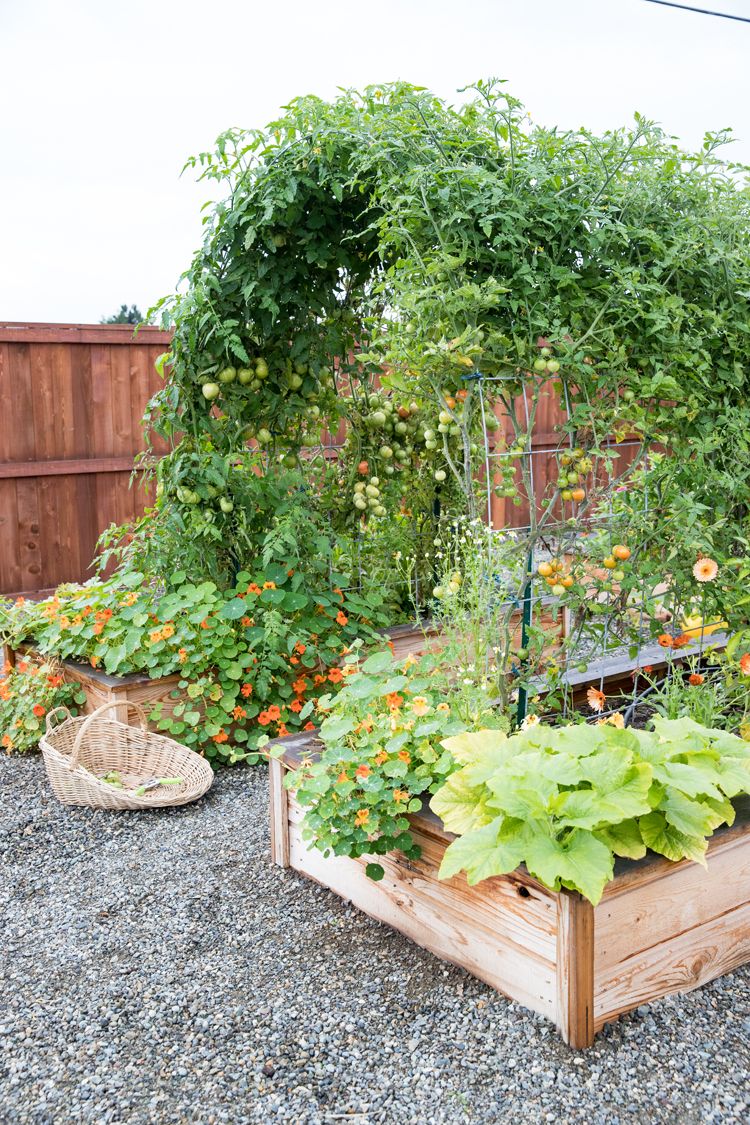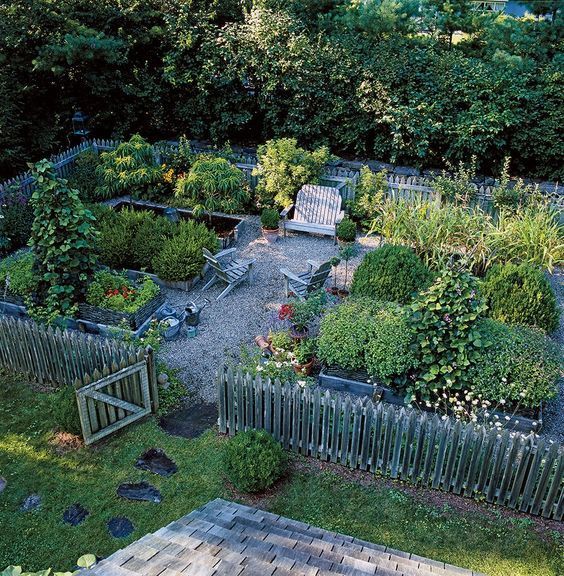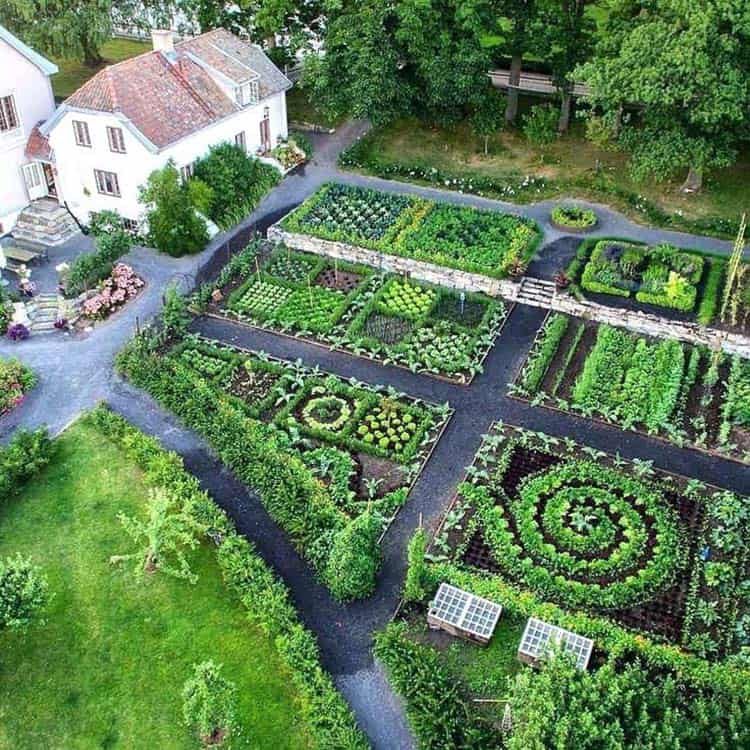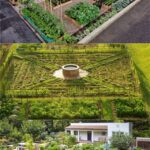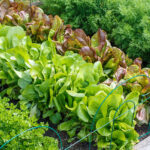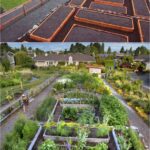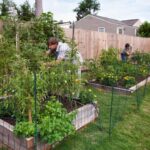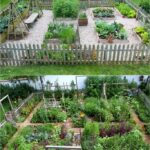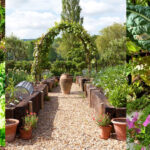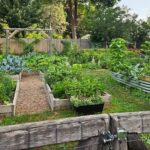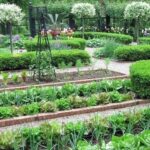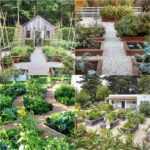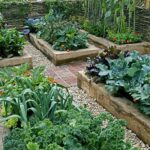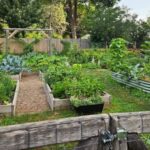Vegetable gardens are a wonderful addition to any backyard or outdoor space. Not only do they provide a source of fresh and healthy produce, but they also add beauty and charm to the landscape. When designing a vegetable garden, there are several important elements to consider in order to create a thriving and aesthetically pleasing space.
One of the first steps in designing a vegetable garden is to carefully plan out the layout. Consider the size and shape of the garden, as well as the types of vegetables you want to grow. Grouping vegetables together based on their water and sunlight needs can help ensure that each plant receives the necessary care and attention. Additionally, leaving space between rows and plants can make it easier to access the garden for planting, weeding, and harvesting.
Choosing the right location for your vegetable garden is crucial for its success. Most vegetables require at least six to eight hours of sunlight per day, so it is important to select a spot that receives adequate sunlight. Additionally, consider factors like soil quality and drainage when choosing a location. Vegetables thrive in well-drained, nutrient-rich soil, so be sure to amend the soil if necessary before planting.
When selecting plants for your vegetable garden, consider a mix of both traditional favorites and unique varieties. Popular vegetables like tomatoes, peppers, and cucumbers are always a good choice, but be sure to also include some less common options to add variety to your garden. Herbs and edible flowers can also make a beautiful and tasty addition to your vegetable garden.
Incorporating vertical gardening techniques can help maximize space in a vegetable garden. Trellises, stakes, and arbors can be used to support climbing plants like beans, peas, and cucumbers, allowing them to grow upward instead of sprawling out across the ground. Vertical gardening not only saves space, but it also improves air circulation around plants, which can help prevent disease and promote healthy growth.
In addition to choosing the right plants and layout for your vegetable garden, it is important to consider the overall design and aesthetics of the space. Incorporating elements like raised beds, pathways, and decorative accents can help create a visually appealing and inviting garden. Consider adding a seating area or a water feature to enhance the beauty and functionality of the space. By carefully planning and designing your vegetable garden, you can create a healthy and productive outdoor oasis that you can enjoy for years to come.
